Amy and I had about as gentle a pandemic as one could have. No one in our immediate family contracted COVID, we both were able to move our jobs online with no major hitches, and our time at home gave us great time with Drew, who has turned into a remarkably smart, sweet and lovely eleven year old.
But each evening around 6pm, I began to get restless. The proximate cause – I was sick of everything we had in the refrigerator and just wanted something different. On a deeper level, I was sick of being in the same place all the time, despite the fact that the place we were was, and is, a lovely and comfortable place to be.
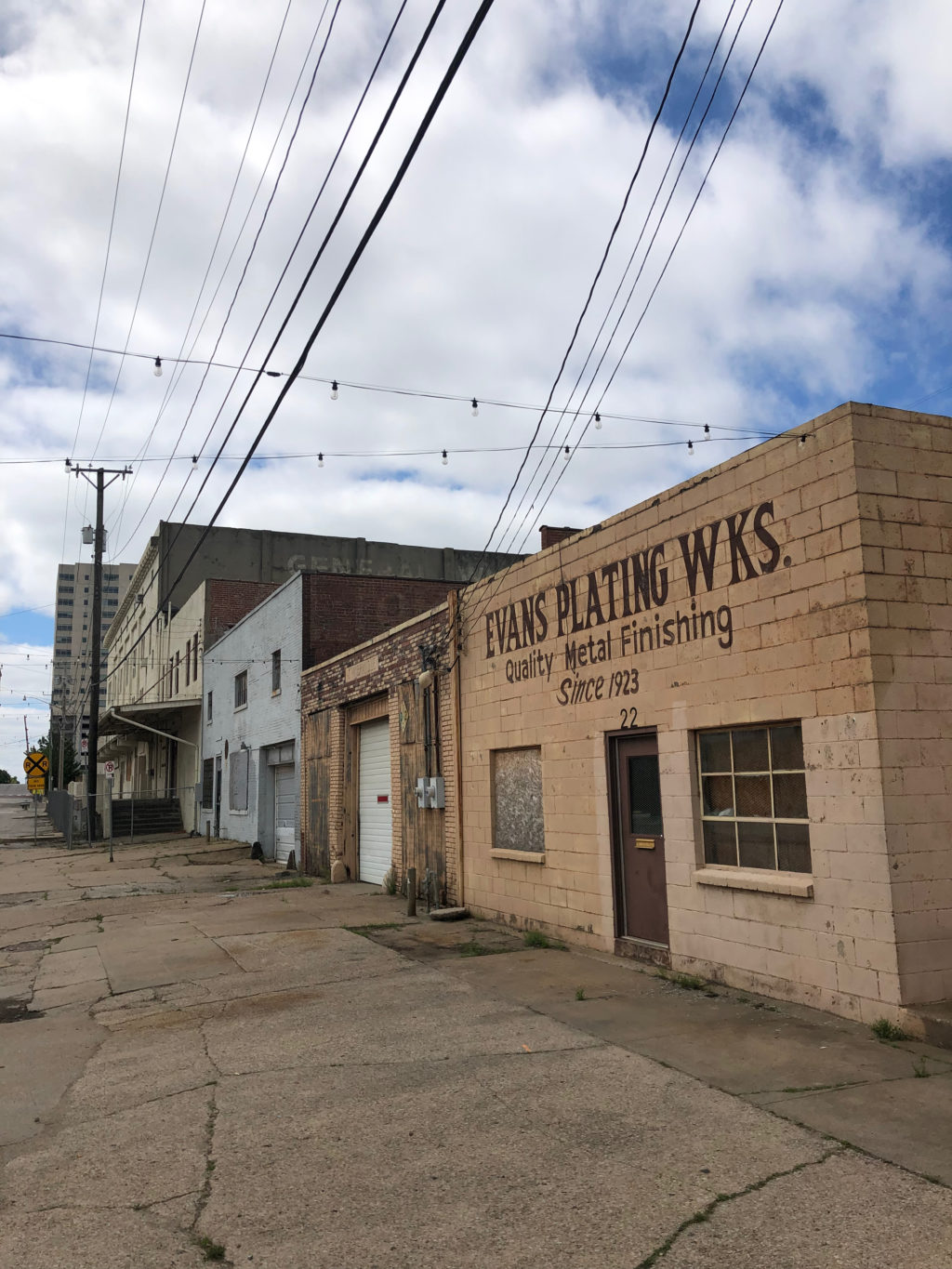
This makes a certain amount of sense. For the last seventeen years, I’ve commuted to work in another city 150 miles away from my home, and I’ve travelled extensively, averaging 200 nights on the road a year. In a way, going cold turkey on travel was harder than cold turkey on alcohol – I never found a good substitute for the stimulation and joy I get from travel, while non-alcoholic beer and hop tea mean that I very rarely miss drinking booze.
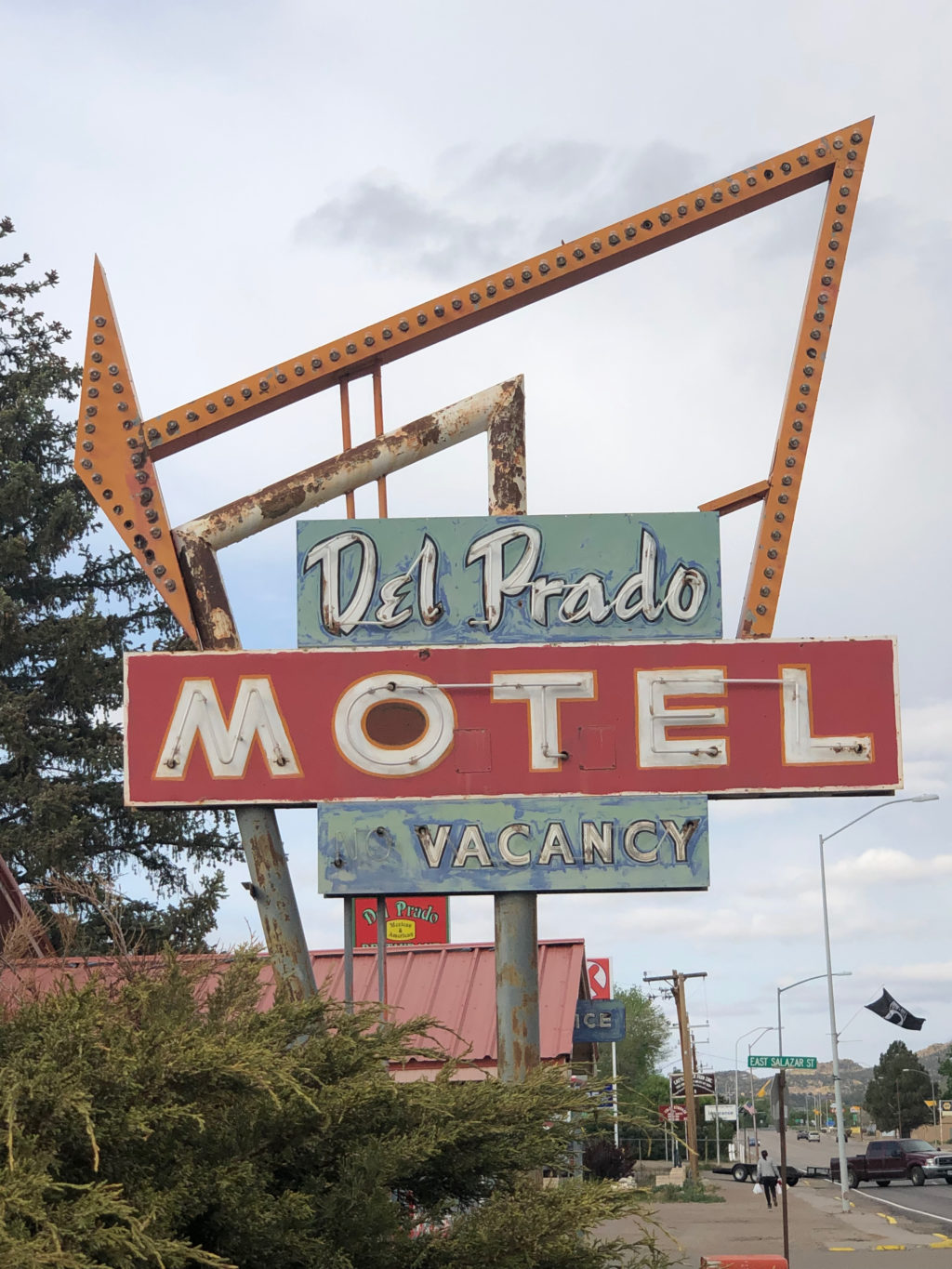
What got me through the spring semester was planning an epic road trip. For nineteen days and 6800 miles, Amy and I wandered from Massachusetts to the Grand Canyon, up through Utah to see friends in the Denver area, and back home on a final sprint through Nebraska, Iowa and the upper midwest. The miles of different landscapes were like a deep drink of cold water for my eyes – my mind and heart were filled in a way that I hadn’t felt for over a year. The places we went – Chaco Canyon, Mesa Verde, Rocky Mountain National Park and others – and people we saw were wonderful, but the sheer experience of being in a different place, free to wander in any direction, was what filled me up.
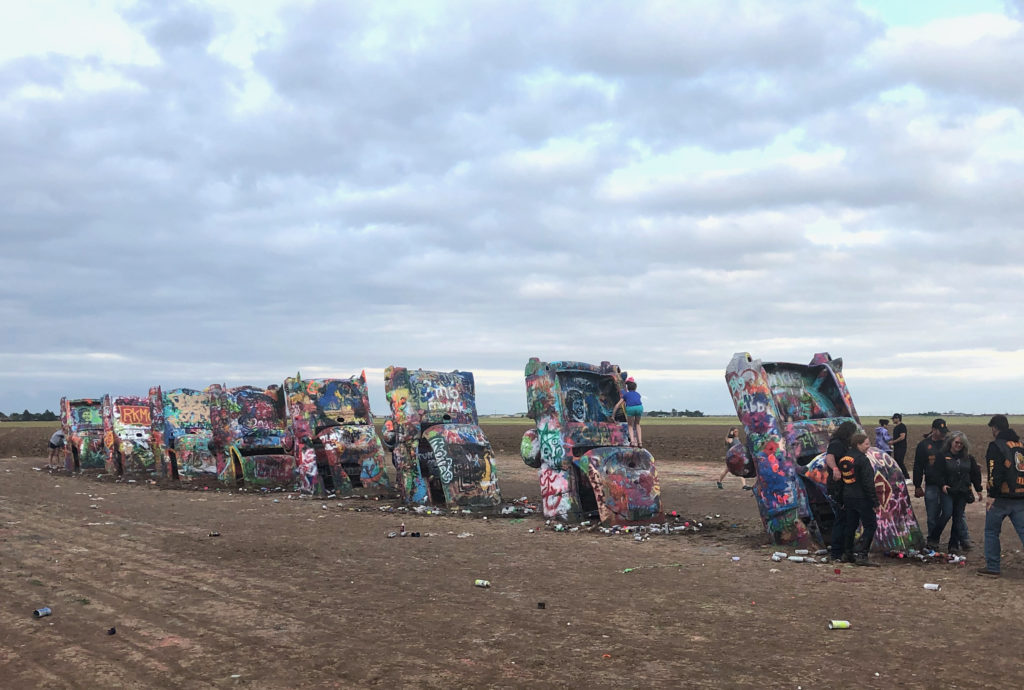
6800 miles is a lot of hours behind the wheel – about 140 hours over three weeks. While talking with Amy was the best in-car entertainment, we listened to some remarkable stories that I wanted to recommend here:
- We tried to listen to audiobooks that reflected on the landscapes and places we were passing through. We spent a great deal of time in the Navajo nation and greatly enjoyed Code Talker by Chester Nez and Judith Avila. Nez was one of the 32 Navajo US Marines who designed an unbroken military code used throughout the US war in the Pacific. I’d heard the basics of the code talker story, but Nez’s memoir takes us from his childhood herding sheep and living in a shelter made of sticks, through his adolescence in brutal boarding schools and into the jungle heat of island by island combat. We alternated between laughing at Nez’s good nature (he may have been the only soldier to genuinely enjoy military cooking, as his boarding schools basically starved him) and the insane demands made of him and his fellow Navajo Marines, who were so indispensable as communications technicians that they were part of the landing party in five sequential island invasions. The pride Nez felt in using Navajo to serve his country, and the shameful way he was treated on his return (New Mexico didn’t allow Native Americans to vote until 1948) was stunning and sobering.
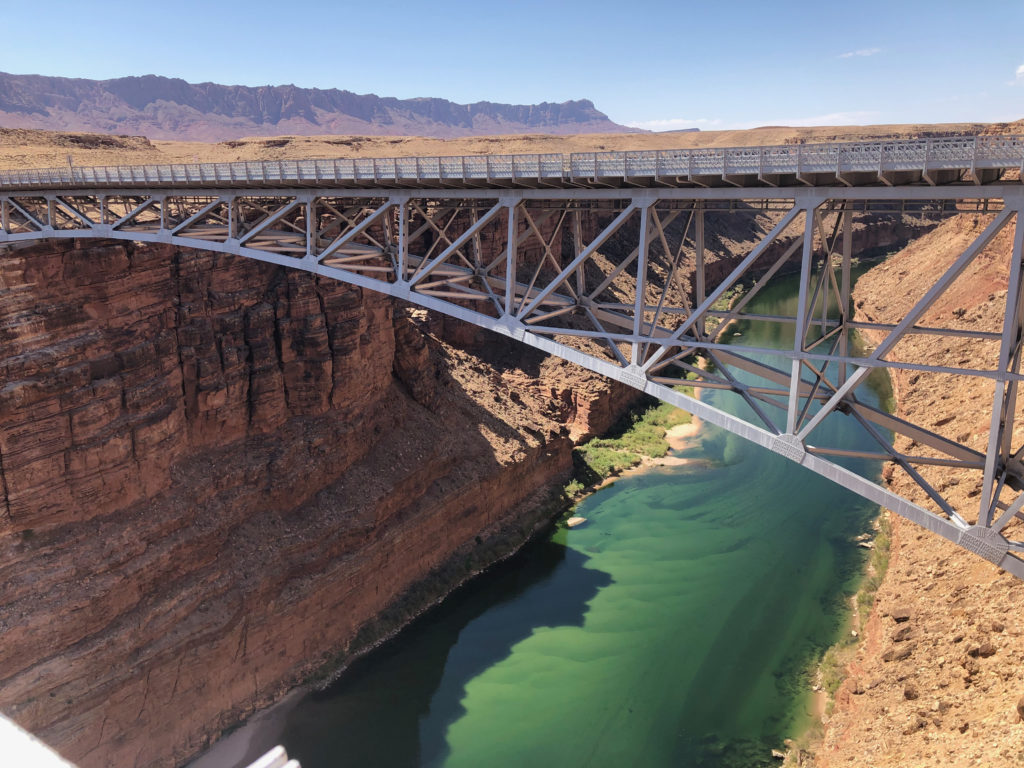
- Amy and I are suckers for podcasts that tell long, immersive, complex stories. Passenger List is our current fave, a labyrinthine and complex story about a downed airliner, a young woman trying to find her brother, and the complex conspiracy in her way. But Passenger List is a serial, and sometimes you want something spooky, creepy, all-consuming and compressed into two hours – a movie, instead of a TV show.
Shipworm bills itself as an audio movie, and it lives up to that ambition – you walk away from the experience satisfied in the same way you might from a fulfilling psychothriller. It’s the story of a lovely, small-town doctor who begins hearing a voice in his head that tells him to do… things. Strange, disturbing things. Like the best thrillers, what seems random and arbitrary early in the story fits neatly into the story as it develops. I came away feeling deeply manipulated by the authors, in the best possible way, and I fervently hope that we see the rise of the audio movie as a new podcasting format. Too many shows lurch on for week after week, dribbling out small bits of a large story – getting a fully-contained story in one massive bite is deeply satisfying.
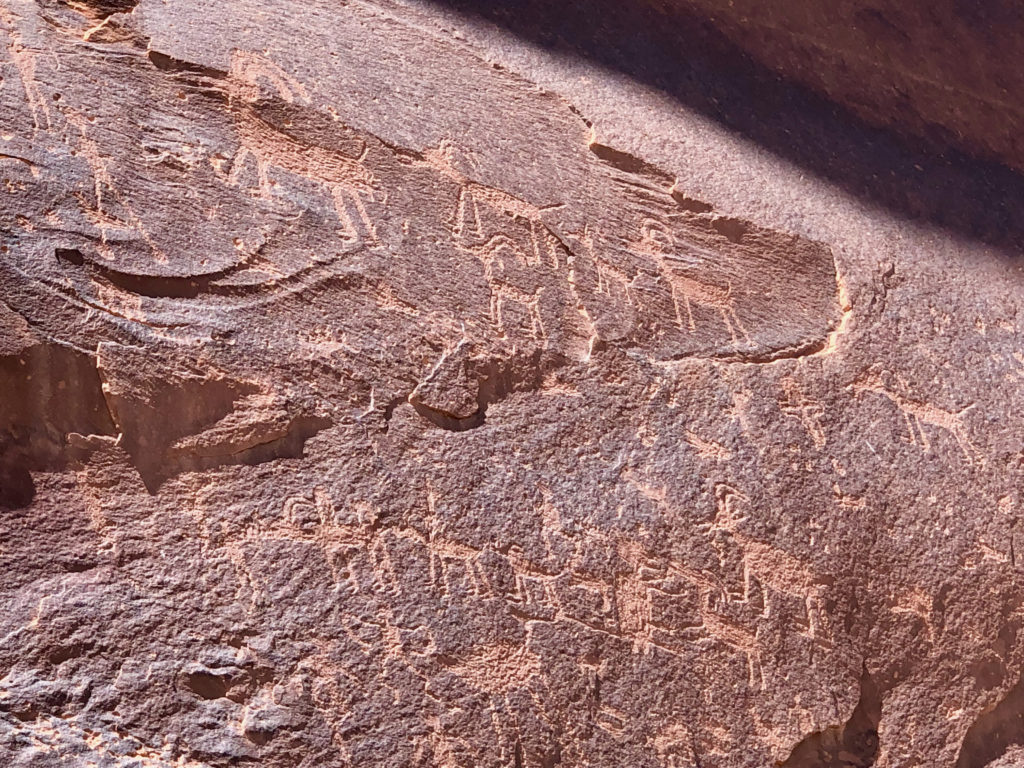
- I took some time off from my daily news habit (On the Media, The Daily, etc.) but spent some quality time with long-form audio journalism. The superstar in that category was American Rehab, an eight part investigative series from Reveal and the Center for Investigative Reporting. The series begins with the story of a sister who helped her brother find an affordable opioid rehabilitation program, only to discover that she’d signed him up for eighteen months of unpaid servitude, working up to 84 hours a week at dangerous jobs in exchange for three packs of cigarettes and “therapy” that mostly consisted of being screamed at by program administrators.
Finding out that drug rehab programs are creating a shadow, unpaid labor force is fascinating enough, but there’s way more to American Rehab. Turns out that the many US firms that use unpaid work as a form of “therapy” trace their roots to Synanon, a fascinating 1950s-60s cult that used a form of “attack therapy” called The Game to crush the egos of participants and rebuild addicts as recovered citizens. Synanon had some real success in the early years before descending into criminality and cultishness – it spawned dozens of similar treatment programs, some of which continue today, using the discredited idea that hard, unpaid work can cure addiction.
The team behind American Rehab did years of thoughtful reporting to expose Cenikor, a particularly vile and abusive child of Synanon, and to document the vast size of the unpaid labor force of addicts in recovery. If anything, I wanted even more of the story, particularly examination of the idea that we know what actually works to treat people for opioid addiction (medication-assisted treatments like methadone and buprenorphine) but so often opt for “tough love” and abstinence approaches that have a dismal track record.
Aside from audio recommendations, some more general recommendations from three weeks on the road:
Prahbupada’s Palace of Gold – we spent hours reading the history of the Krishna Consciousness movement and the complex history of this intentional community in West Virginia, but none of that prepared us for the combination of an improbably beautiful palace on a rural farm and a community of lovely, sweet people dedicated to living their lives there.
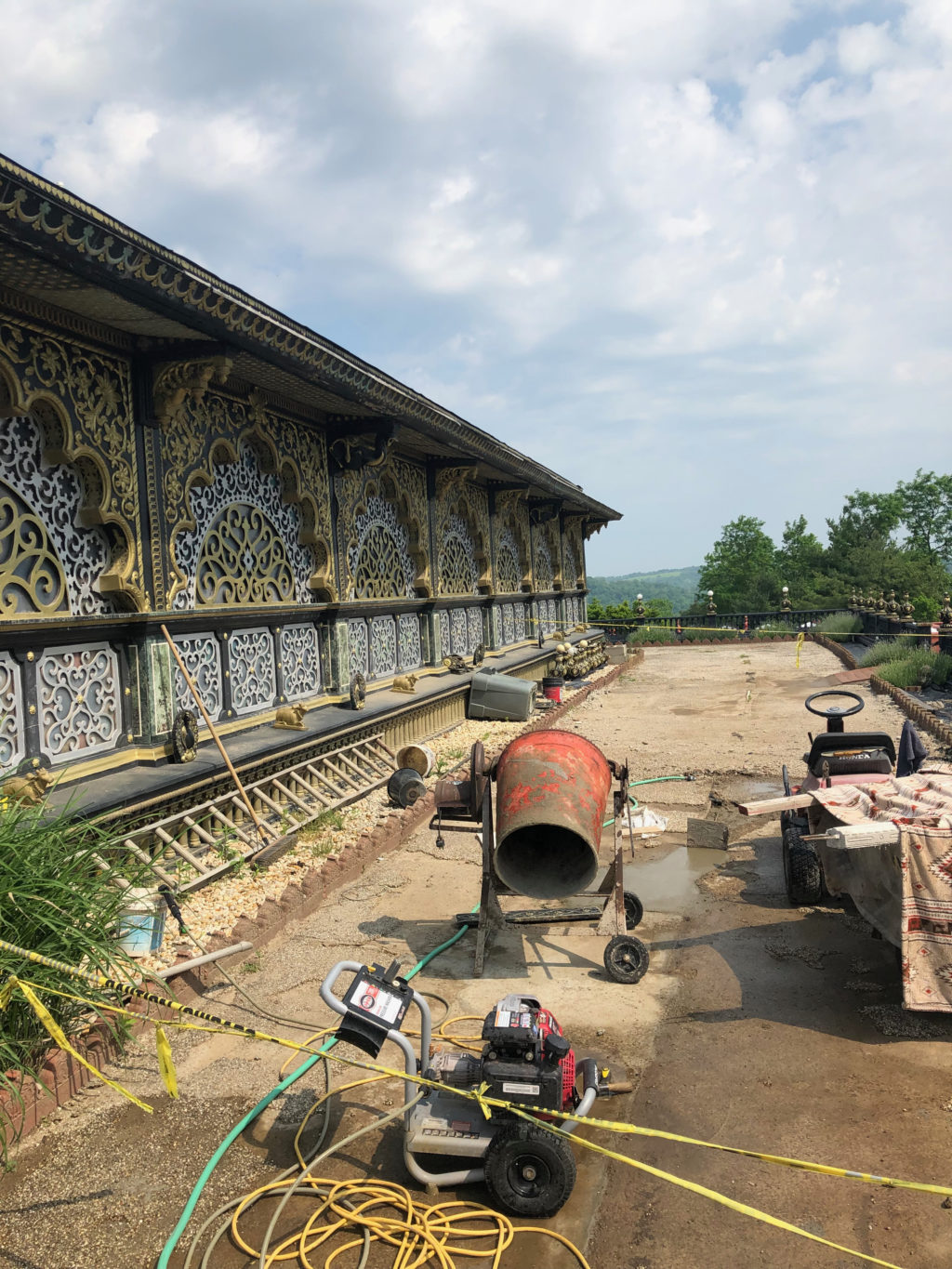
- Red Oak II. When his hometown of Red Oak, Missouri disappeared, Lowell Davis rebuilt it, building by building, creating a completely inauthentic ghost town out of bits of other rural ghost towns. That the town is perfectly preserved, inhabited, but wholly uncommercialized (you’re hard pressed to find anyone even to give a donation to) makes it a particularly surreal and wonderful experience.
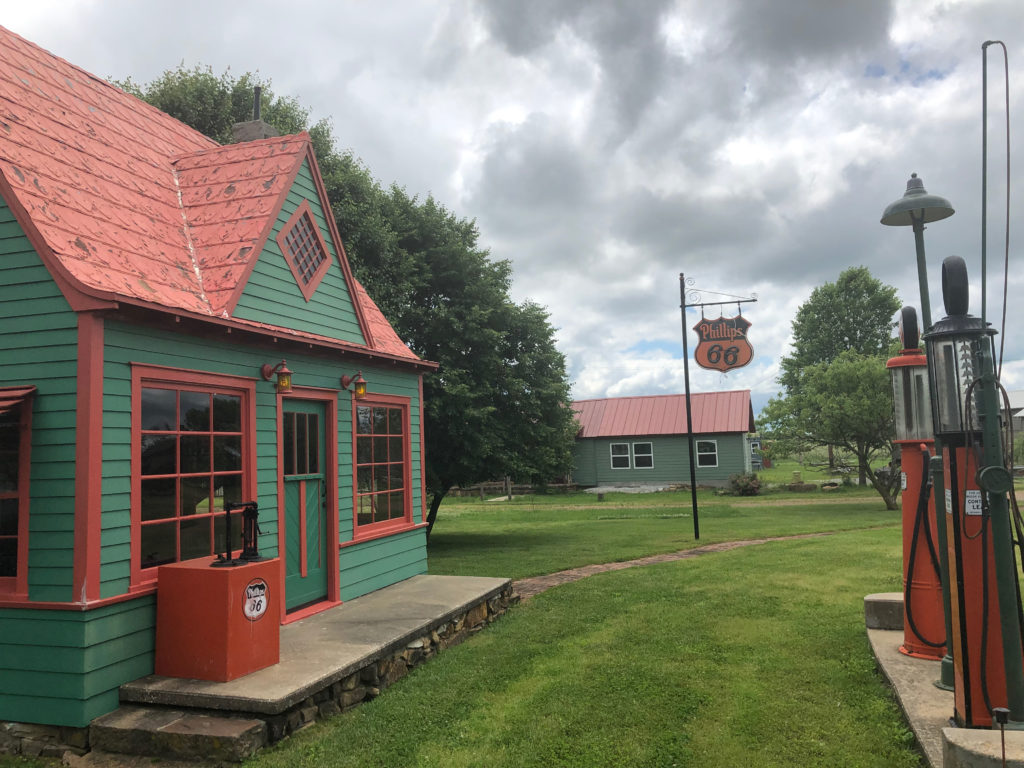
- Gilpin County Museum. There’s two old mining towns side by side, about an hour’s drive out of Denver. Black Hawk is a miniature Las Vegas, modern glass and stucco, and thoroughly avoidable. Central City is an architectural gem, filled with masterpieces from the 1870s gold rush. The Gilpin County historical society maintains two museums, both excellent, and worth many hours of your time. I’ve never seen a small town do a better job of preserving its heritage and I am wishing every community – including those I live in – had museums like these ones.
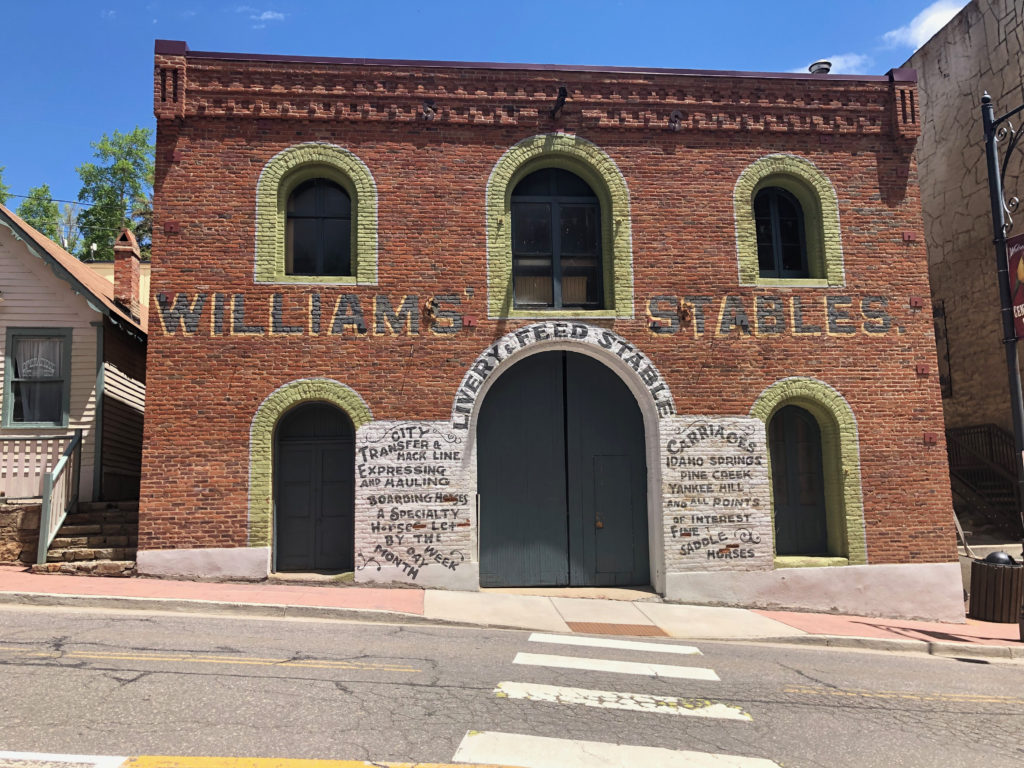
- The biscuits and gravy at Bob Evans. I am very glad and very sad in equal measure that Bob Evans does not have any locations in western MA.
- Grillin’ Dave-Style. I ate a lot of BBQ on this trip, but the best, believe it or not, was in Zanesville, Ohio. Dave’s brisket is amazing, and his beans, loaded with burned bits of brisket, may turn Zanesville into a frequent stop on trips through the midwest. Please hold whatever comments you have about real BBQ not existing outside of North Carolina/Texas/Oklahoma/Kansas City etc. – this was freaking delicious and I want more now.
Random photos from our trip on my instagram.
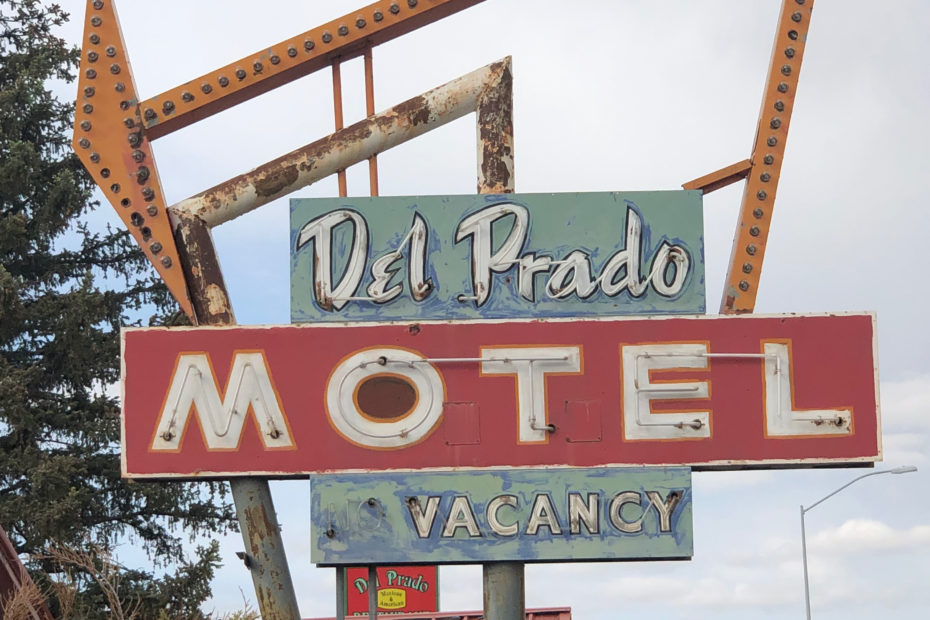
What a beautiful reflection on a beautiful journey. I’m so glad for y’all that you got to do this.
Comments are closed.